In 1853, German physician William Hillebrand journeyed to Hawai‘i for its warm climate, the prescription for his lung ailment. A citizen botanist with a passion for plants, Hillebrand leased a parcel of land on O‘ahu from Queen Kalama upon his arrival, where he build a house and cultivated around it a canopy of exotic trees and endemic Hawaiian flora and fauna during his tenure in Hawai‘i.
He was appointed physician to the royal family of King Kamehameha IV eight years later, and went on to serve as the chief physician at The Queen’s Hospital. It was a significant time to be a doctor in the isles. Ma‘i ho‘oka‘awale, or the separating sickness, as leprosy became known, was spreading throughout Hawai‘i. In 1865, Hillebrand was sent on behalf of the Kingdom of Hawai‘i to Asia and the East Indies to learn about treatments for the disease, and to collect and import plants and animals thought useful to the islands. He returned with many species, including deer, mynah birds, and earpod and kapok trees, which he planted on his main terrace. Before moving back to Germany, he sold the garden to Captain Thomas Foster and his wife, Mary, who later bequeathed the property to the city. In 1930, Foster Botanical Garden was opened to the public.
City and County of Honolulu officials soon realized that Hawai‘i’s subtropical climate was not only a draw for visitors looking for sun, sand, and warm breezes, but also a botanical haven where exotic species thrived next to native flora. To preserve and manage these plant collections, they created the Honolulu Botanical Gardens system. Between 1957 and 1989, under the direction of Paul R. Weissich, Hillebrand’s original garden was expanded with palms, orchids, cycads, and other trees impressive in rarity and stature, their branches now stretching hundreds of feet into the air. During that time, Weissich developed four additional sites around O‘ahu, working 650 acres of land into one of the most diverse plant collections in the United States.
Today, as urban sprawl continues swallowing green spaces, and invasive species brought to Hawai‘i over the decades threaten endemic plants, these Honolulu botanical gardens are increasingly crucial to maintaining biodiversity. Take Lili‘uokalani Botanical Garden, located a stone’s throw from Foster Botanical Garden in downtown Honolulu. It was once the favorite picnic grounds of Hawai‘i’s last reigning monarch, Queen Lili‘uokalani, who donated the 7.5-acre space to the city for the public to enjoy. Shaded by canopy trees, the gurgling waters of the gentle Waikahalulu Waterfall and Nu‘uanu Stream supply an escape from the noise of city traffic.
To escape the city altogether, head to the largest of Honolulu’s botanical gardens. At 200 acres, Koko Crater Botanical Garden is a dryland garden featuring rare and endangered cacti, succulents, and other water-thrifty plants from the Americas, Madagascar, Africa, and Hawai‘i. A prickly cactus is rarely associated with the Hawaiian Islands, but with the Koko Head region receiving a scant 12 to 20 inches of rain per year, the plants thrive in the hot and dry environment.
Koko Crater opens onto a plumeria grove, the largest collection of such hybrids in one locale. May through September, and sporadically throughout the year, the inflorescences are in full bloom: trees filled with crimson red, cinnamon-scented flowers mix in with fragrant yellow buds, and large pink-tipped blossoms send a delicate, sweet scent into the air. Beyond this, a two-mile loop trail circles the interior floor of the crater, guiding hikers through manicured plantings of cacti from Mexico, under woody, hanging fruit of the sausage tree from Madagascar, and along swollen trunks of baobab trees from Africa—a breathtaking escape of the city.
In 1853, German physician William Hillebrand journeyed to Hawai‘i for its warm climate, the prescription for his lung ailment. A citizen botanist with a passion for plants, Hillebrand leased a parcel of land on O‘ahu from Queen Kalama upon his arrival, where he build a house and cultivated around it a canopy of exotic trees and endemic Hawaiian flora and fauna during his tenure in Hawai‘i.
He was appointed physician to the royal family of King Kamehameha IV eight years later, and went on to serve as the chief physician at The Queen’s Hospital. It was a significant time to be a doctor in the isles. Ma‘i ho‘oka‘awale, or the separating sickness, as leprosy became known, was spreading throughout Hawai‘i. In 1865, Hillebrand was sent on behalf of the Kingdom of Hawai‘i to Asia and the East Indies to learn about treatments for the disease, and to collect and import plants and animals thought useful to the islands. He returned with many species, including deer, mynah birds, and earpod and kapok trees, which he planted on his main terrace. Before moving back to Germany, he sold the garden to Captain Thomas Foster and his wife, Mary, who later bequeathed the property to the city. In 1930, Foster Botanical Garden was opened to the public.
City and County of Honolulu officials soon realized that Hawai‘i’s subtropical climate was not only a draw for visitors looking for sun, sand, and warm breezes, but also a botanical haven where exotic species thrived next to native flora. To preserve and manage these plant collections, they created the Honolulu Botanical Gardens system. Between 1957 and 1989, under the direction of Paul R. Weissich, Hillebrand’s original garden was expanded with palms, orchids, cycads, and other trees impressive in rarity and stature, their branches now stretching hundreds of feet into the air. During that time, Weissich developed four additional sites around O‘ahu, working 650 acres of land into one of the most diverse plant collections in the United States.
Today, as urban sprawl continues swallowing green spaces, and invasive species brought to Hawai‘i over the decades threaten endemic plants, these Honolulu botanical gardens are increasingly crucial to maintaining biodiversity. Take Lili‘uokalani Botanical Garden, located a stone’s throw from Foster Botanical Garden in downtown Honolulu. It was once the favorite picnic grounds of Hawai‘i’s last reigning monarch, Queen Lili‘uokalani, who donated the 7.5-acre space to the city for the public to enjoy. Shaded by canopy trees, the gurgling waters of the gentle Waikahalulu Waterfall and Nu‘uanu Stream supply an escape from the noise of city traffic.
To escape the city altogether, head to the largest of Honolulu’s botanical gardens. At 200 acres, Koko Crater Botanical Garden is a dryland garden featuring rare and endangered cacti, succulents, and other water-thrifty plants from the Americas, Madagascar, Africa, and Hawai‘i. A prickly cactus is rarely associated with the Hawaiian Islands, but with the Koko Head region receiving a scant 12 to 20 inches of rain per year, the plants thrive in the hot and dry environment.
Koko Crater opens onto a plumeria grove, the largest collection of such hybrids in one locale. May through September, and sporadically throughout the year, the inflorescences are in full bloom: trees filled with crimson red, cinnamon-scented flowers mix in with fragrant yellow buds, and large pink-tipped blossoms send a delicate, sweet scent into the air. Beyond this, a two-mile loop trail circles the interior floor of the crater, guiding hikers through manicured plantings of cacti from Mexico, under woody, hanging fruit of the sausage tree from Madagascar, and along swollen trunks of baobab trees from Africa—a breathtaking escape of the city.
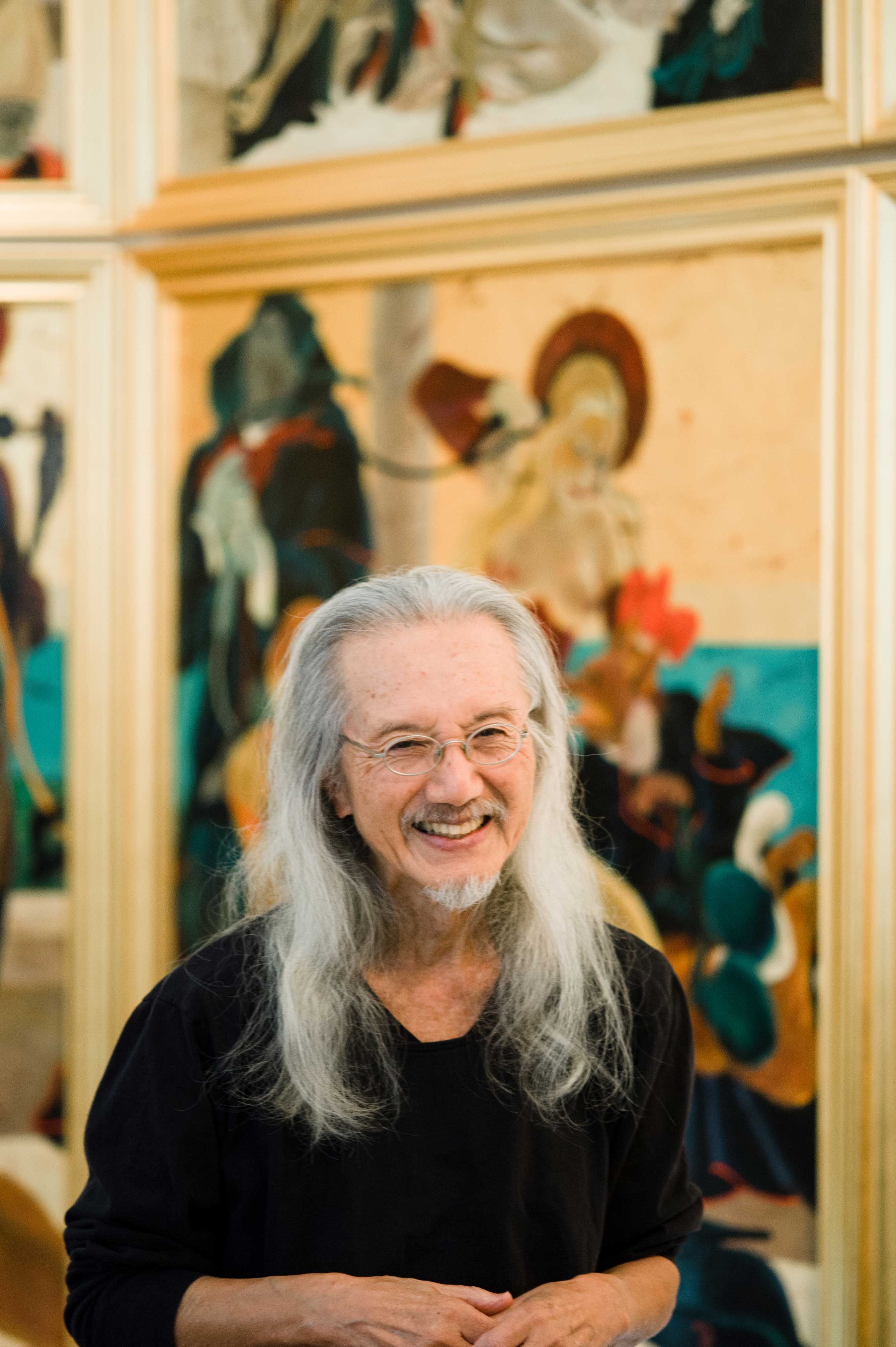
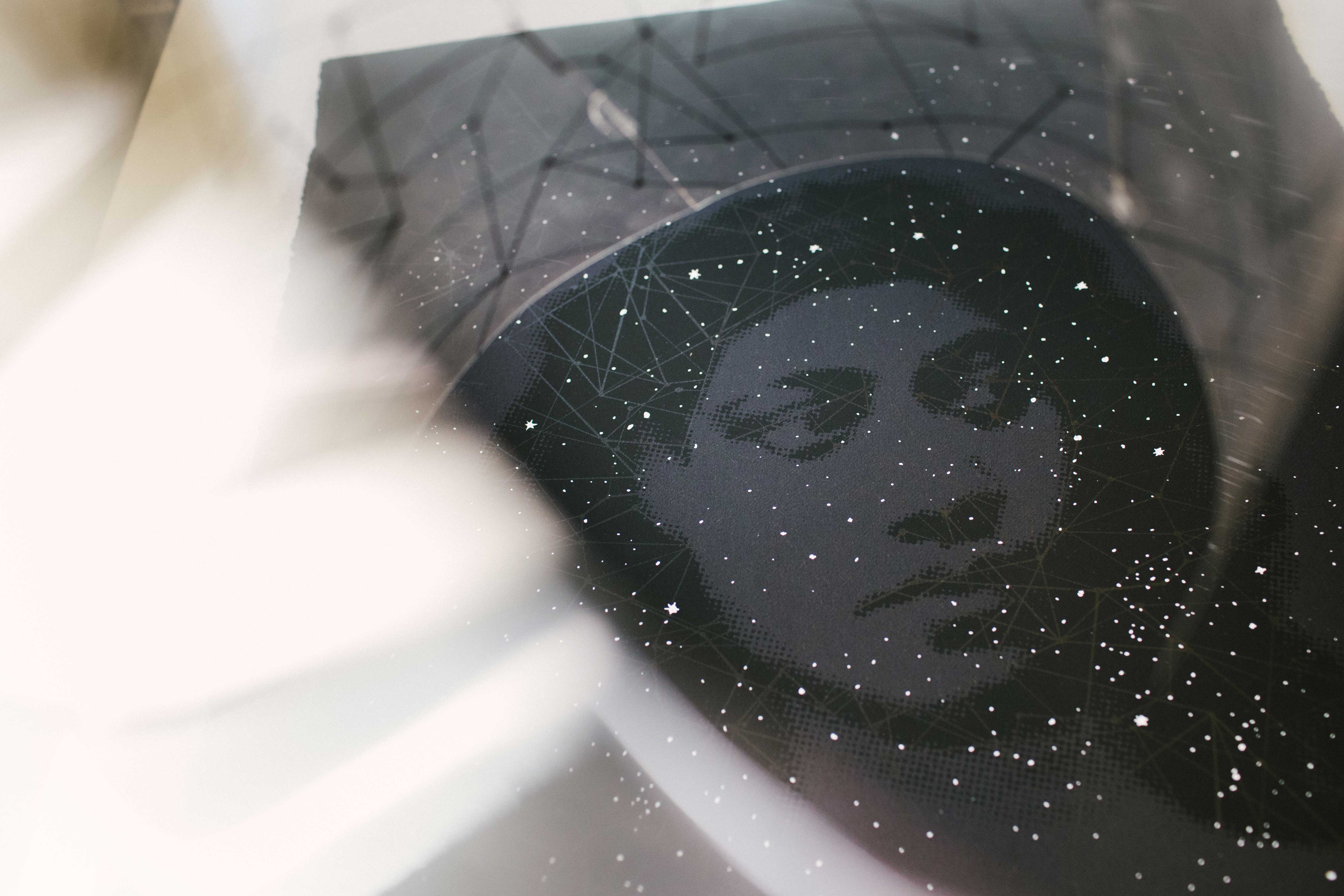

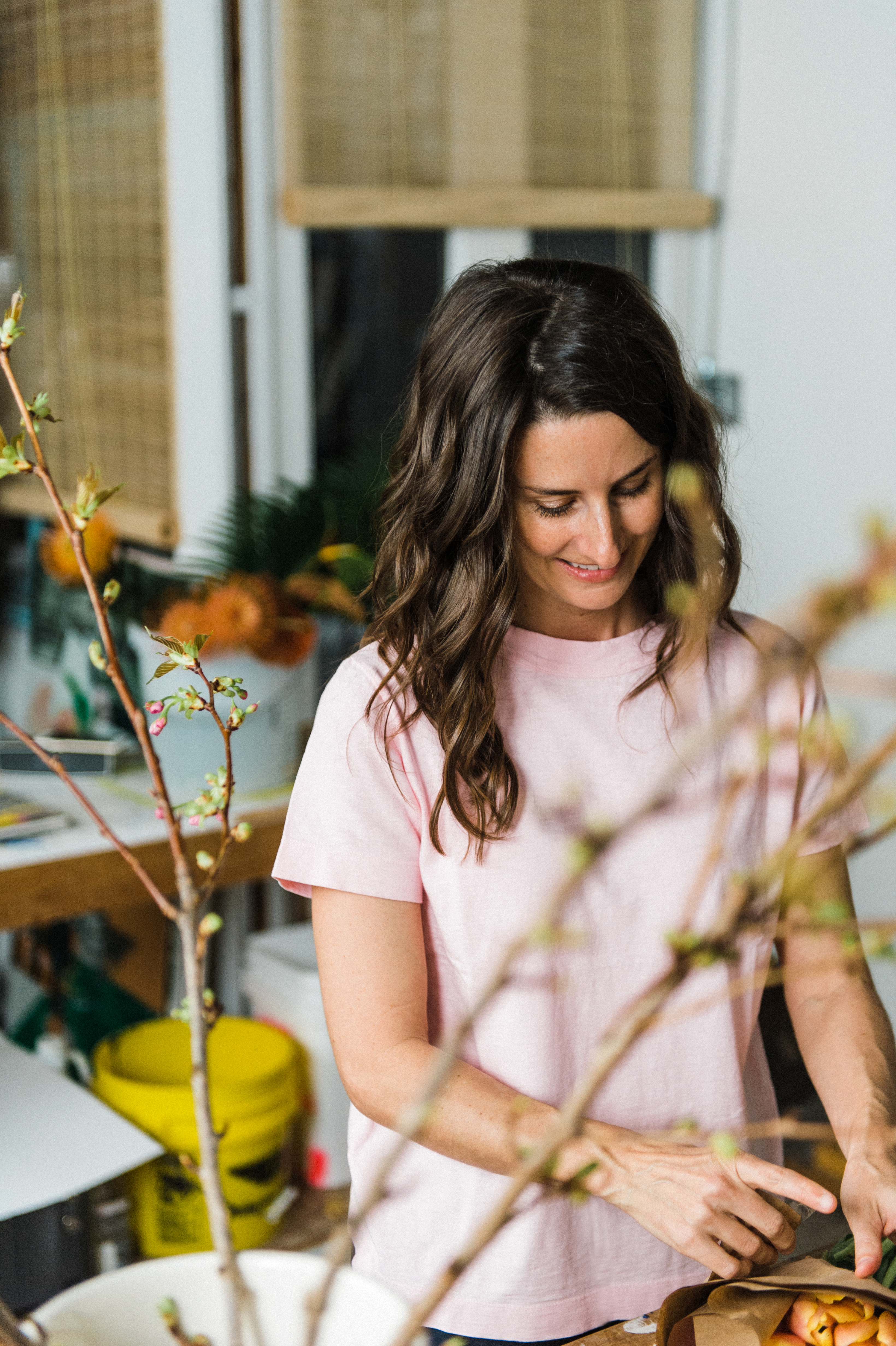
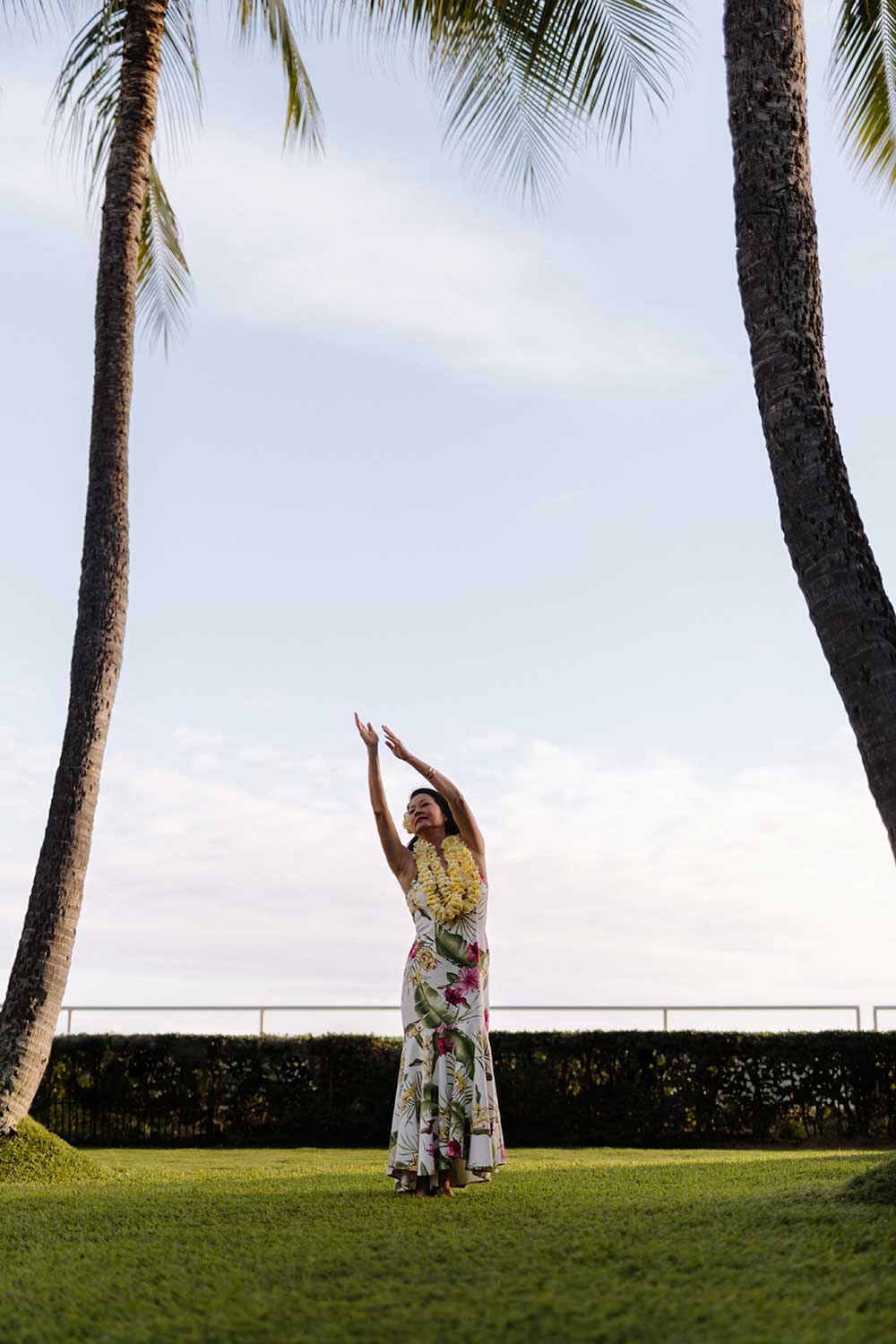
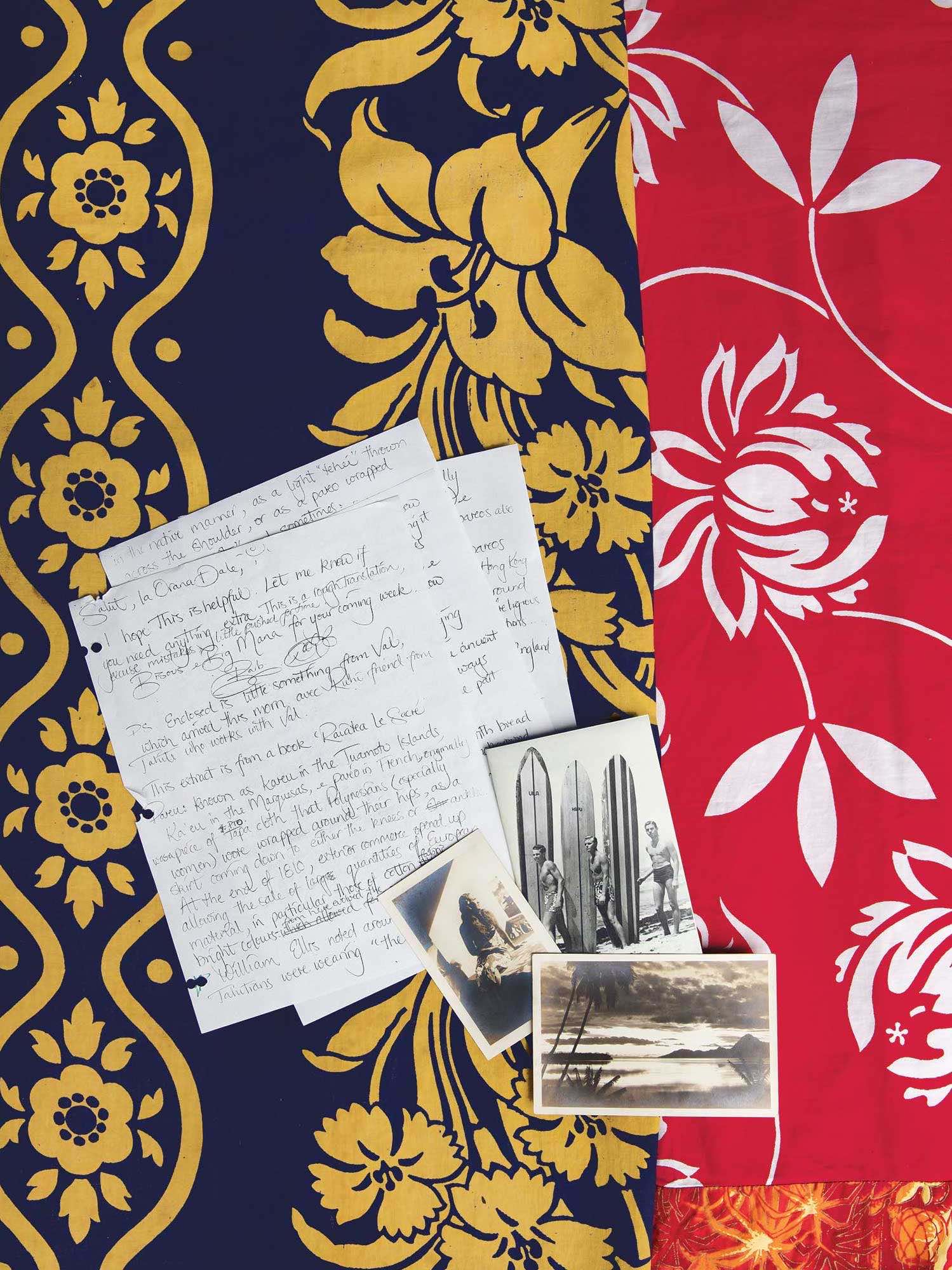
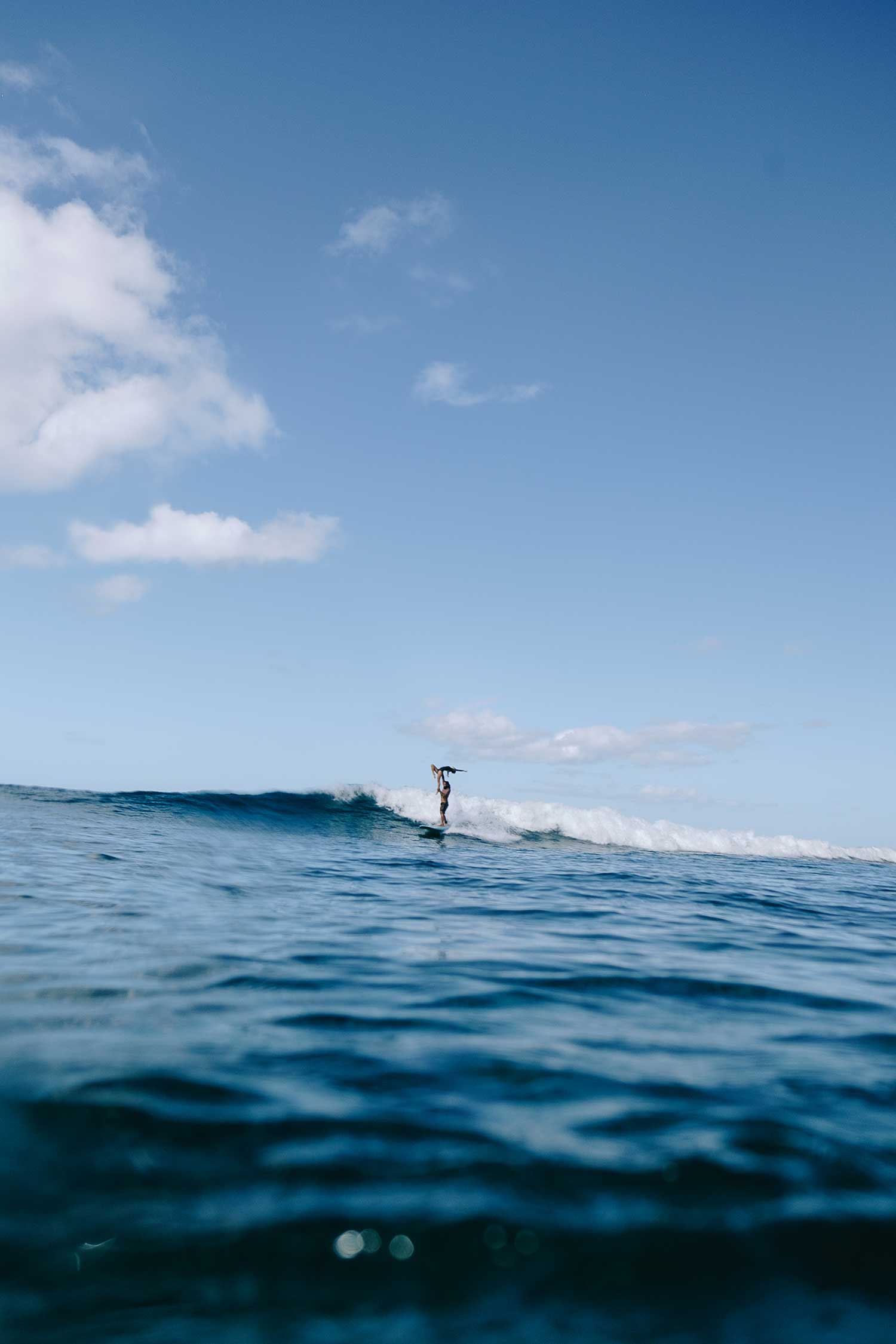
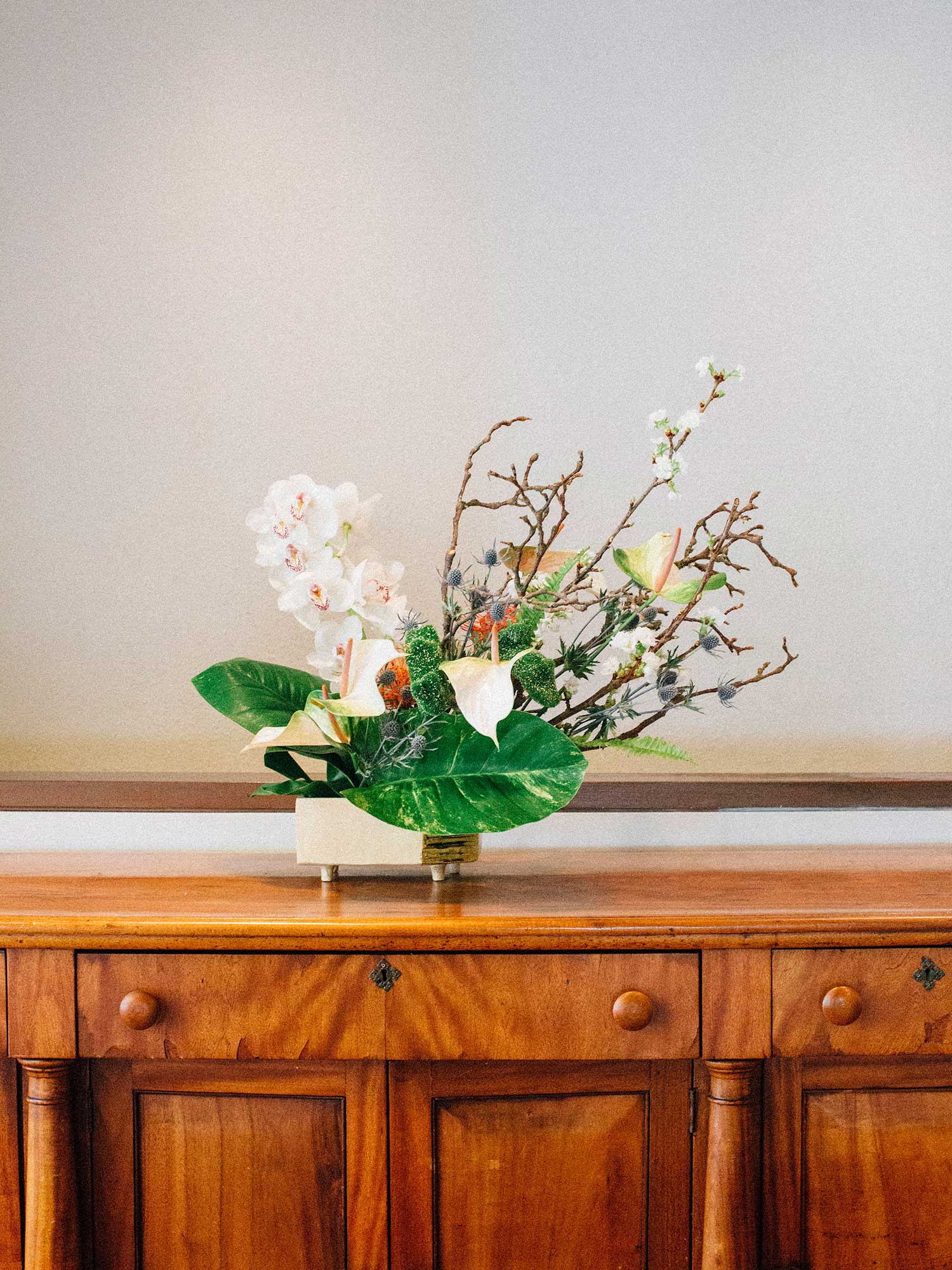
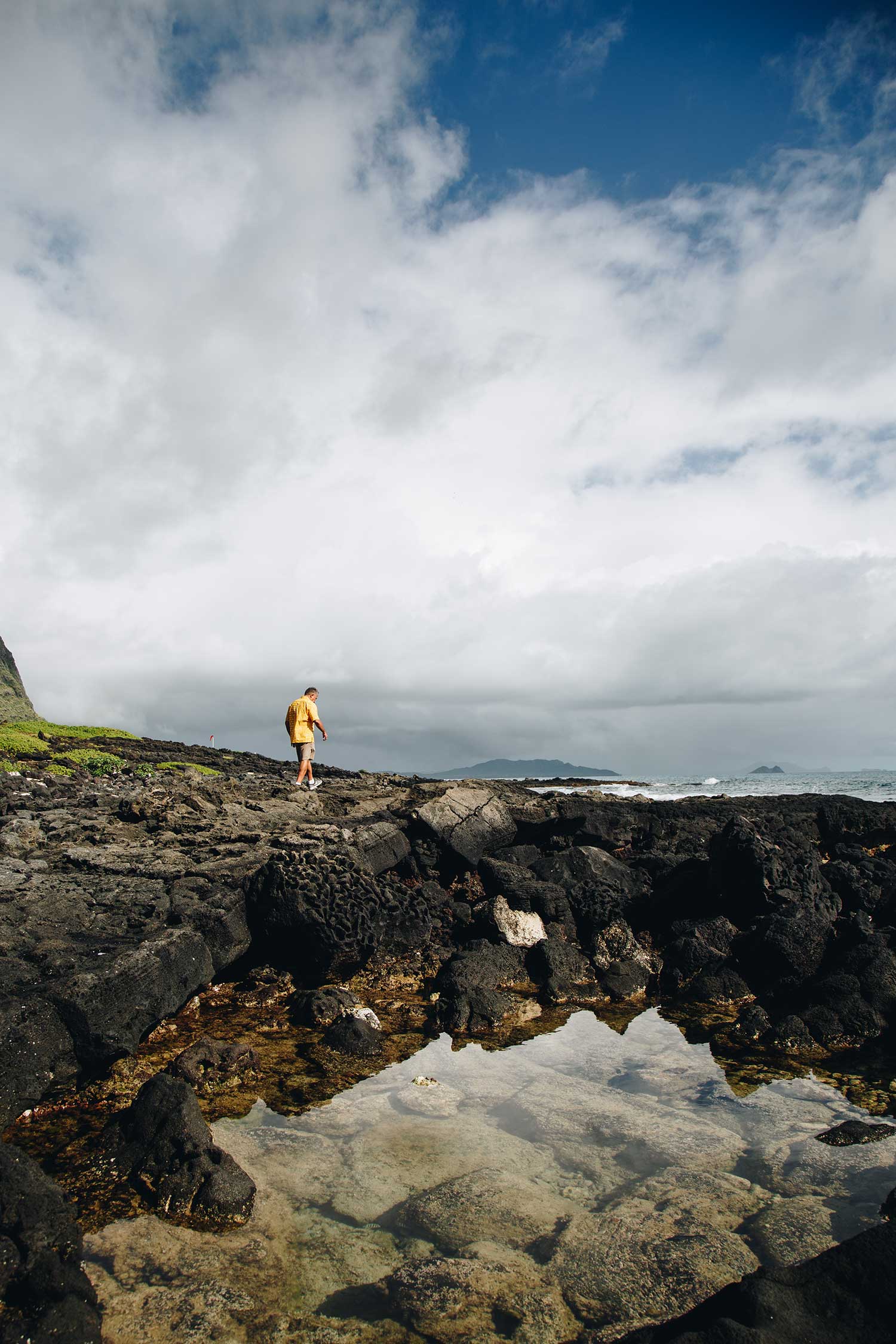
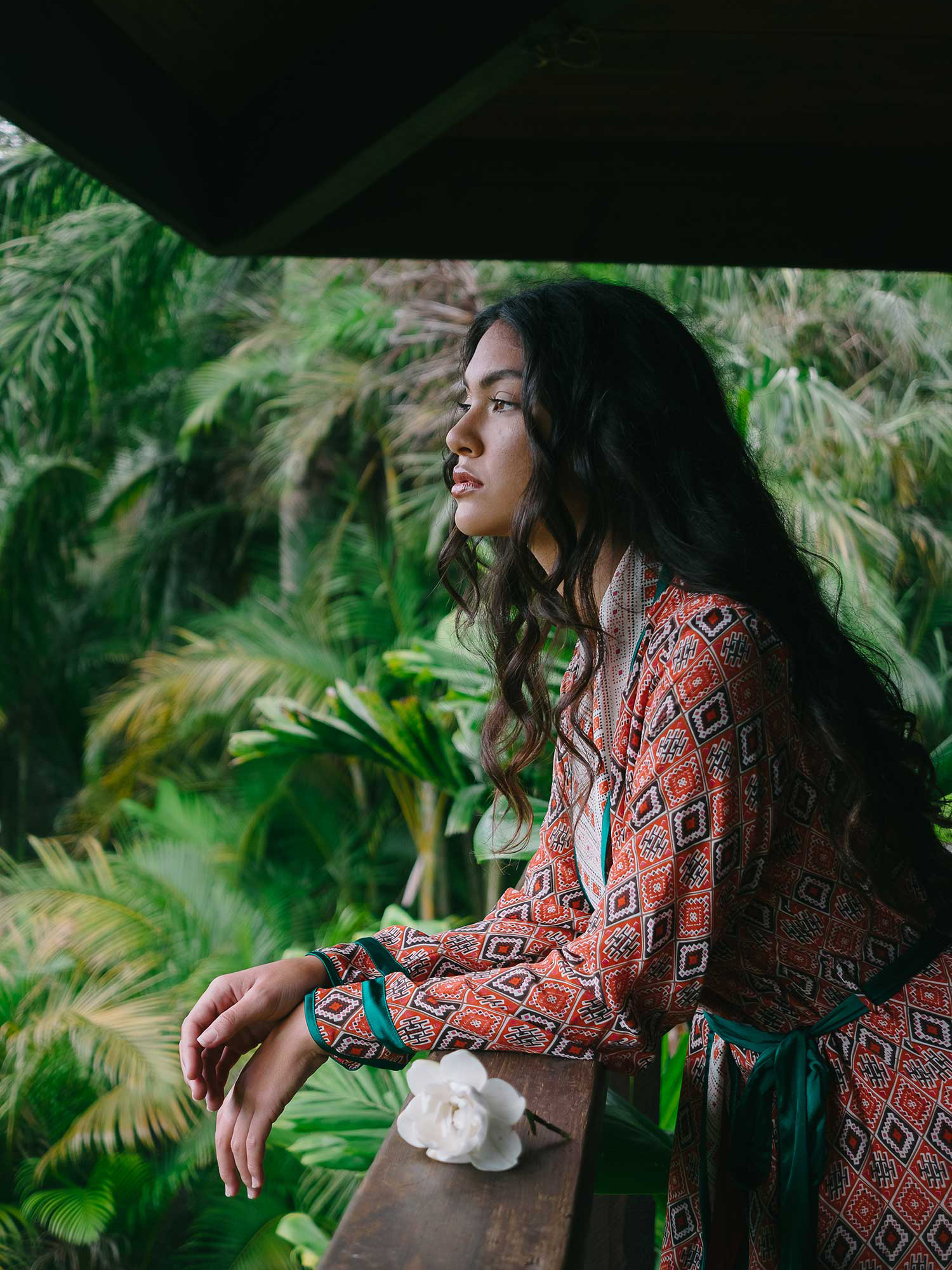
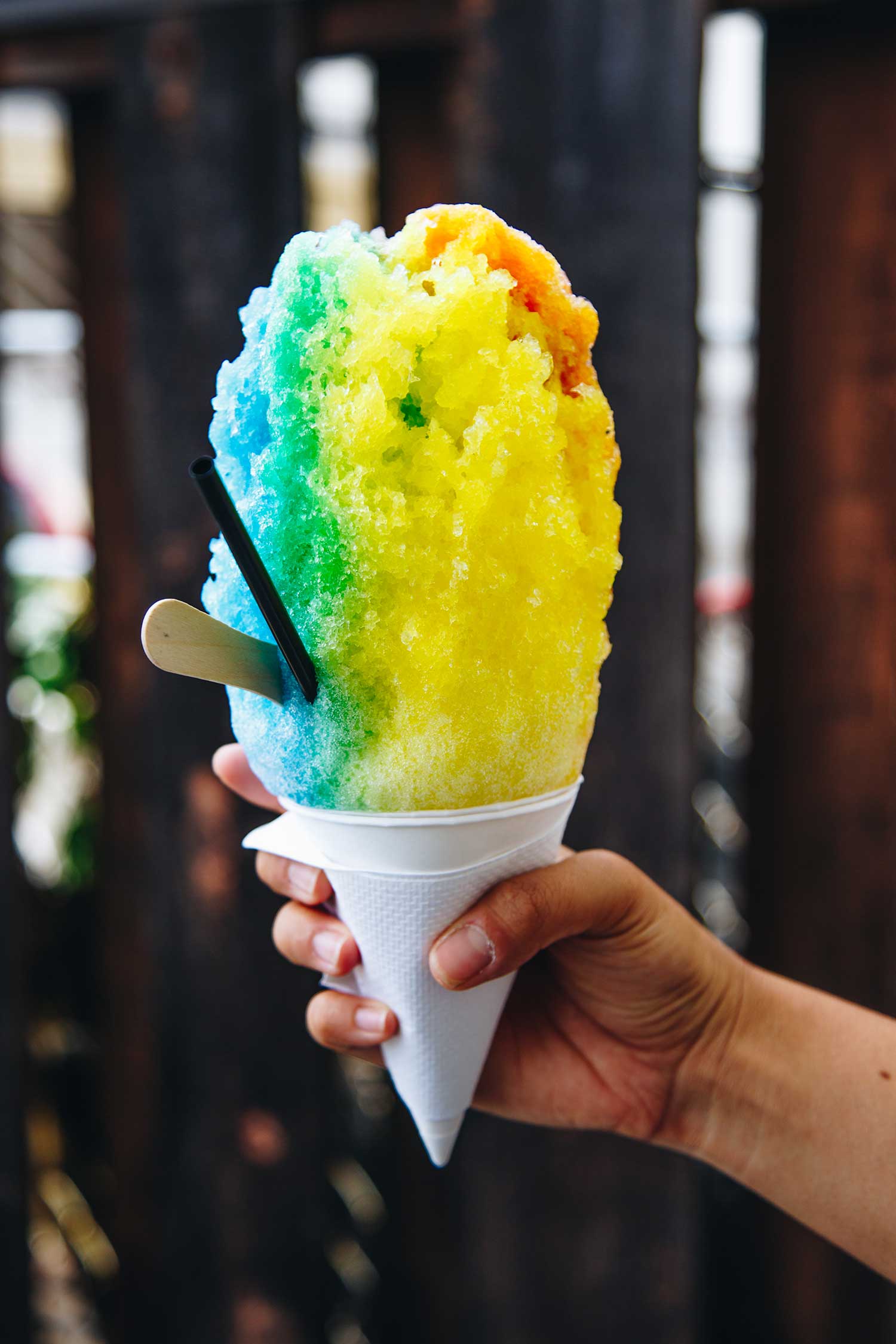
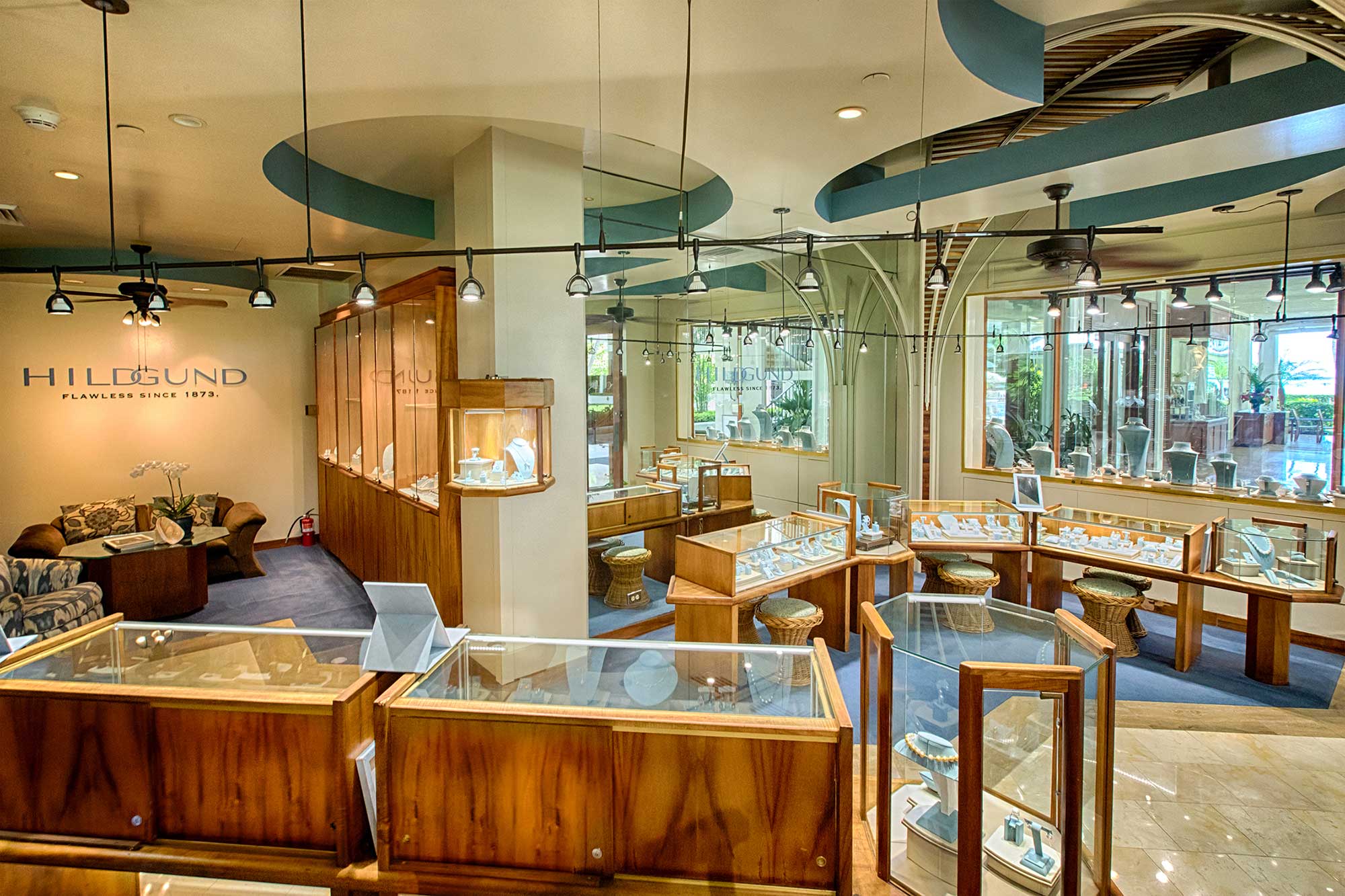
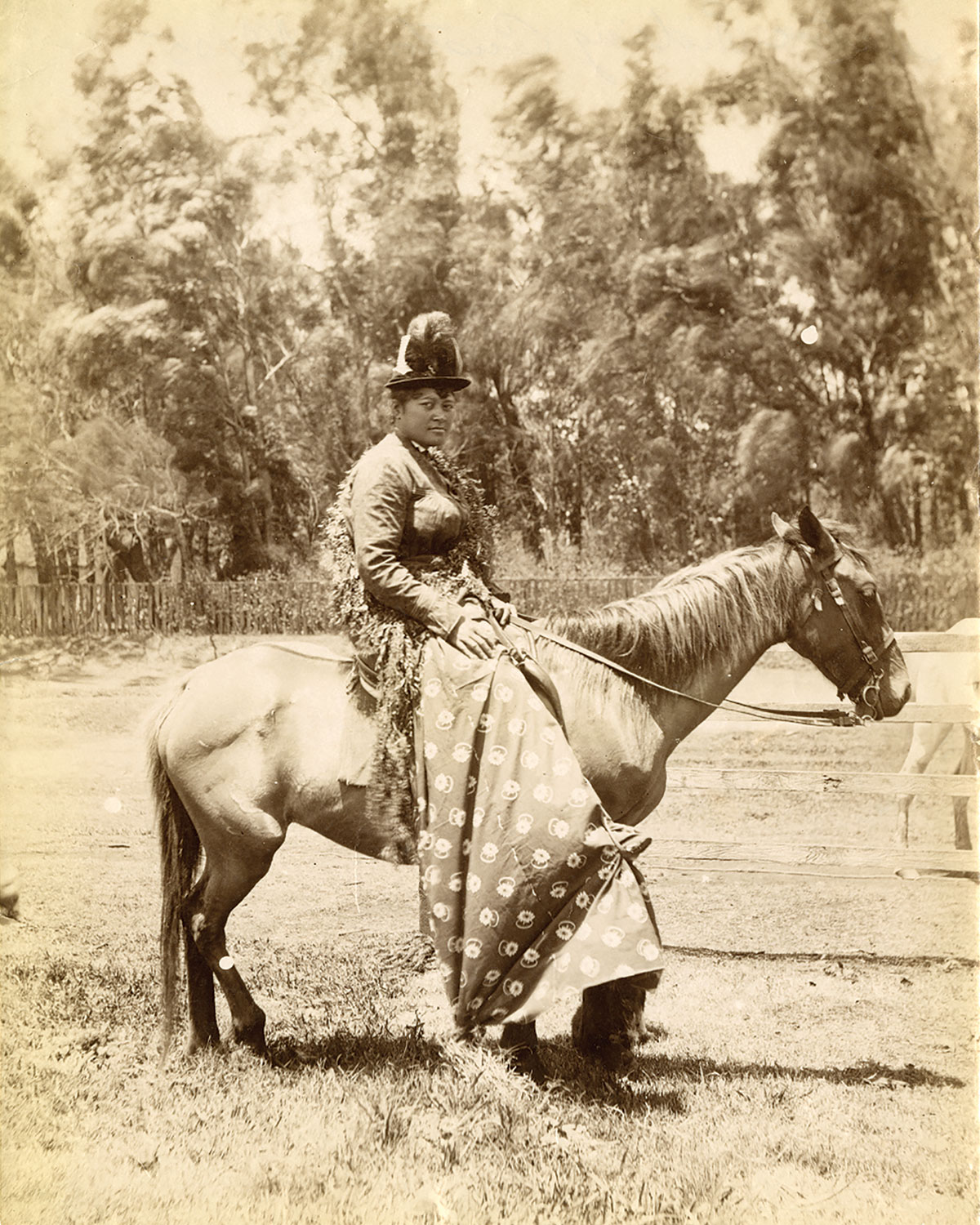
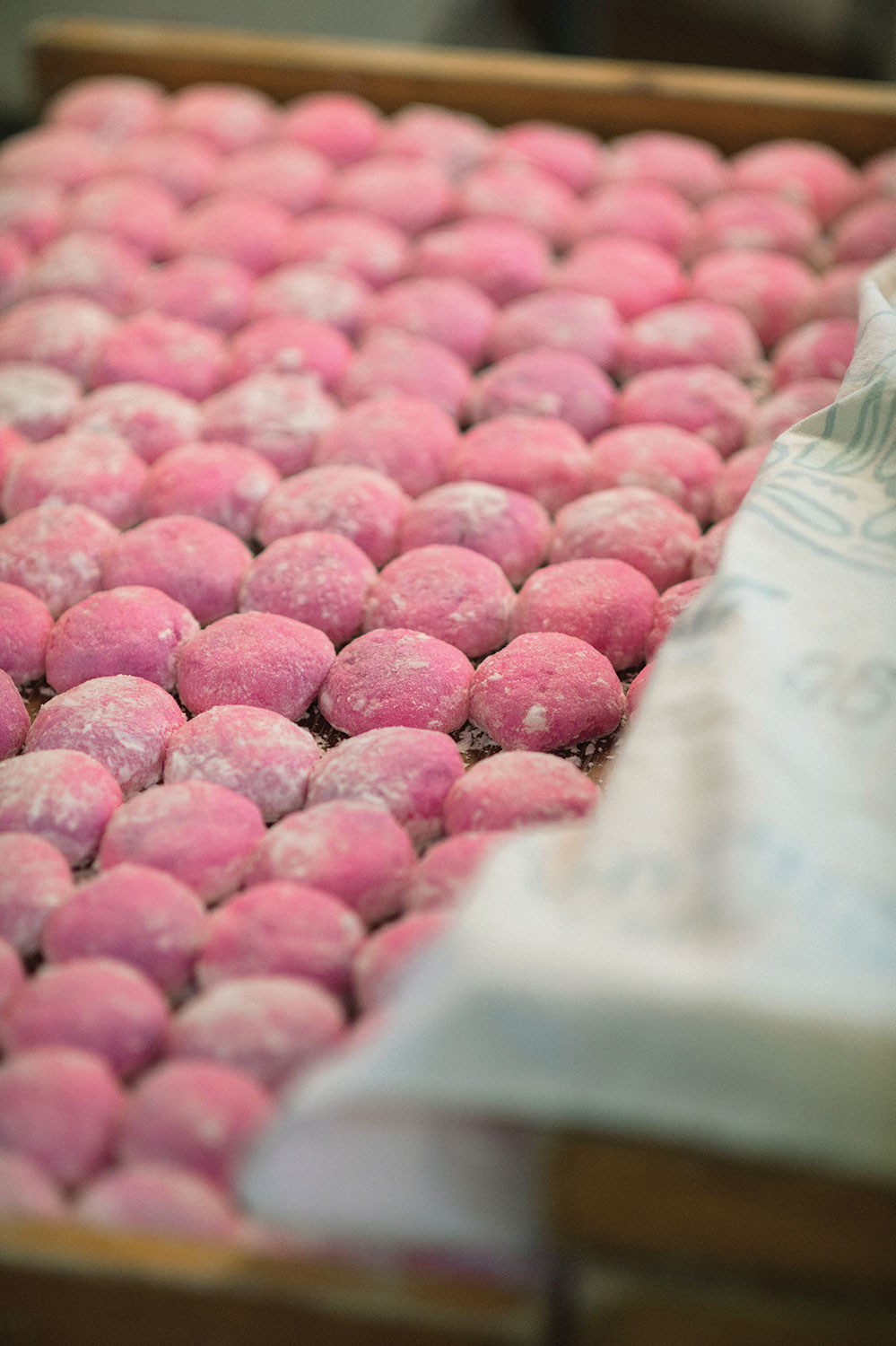
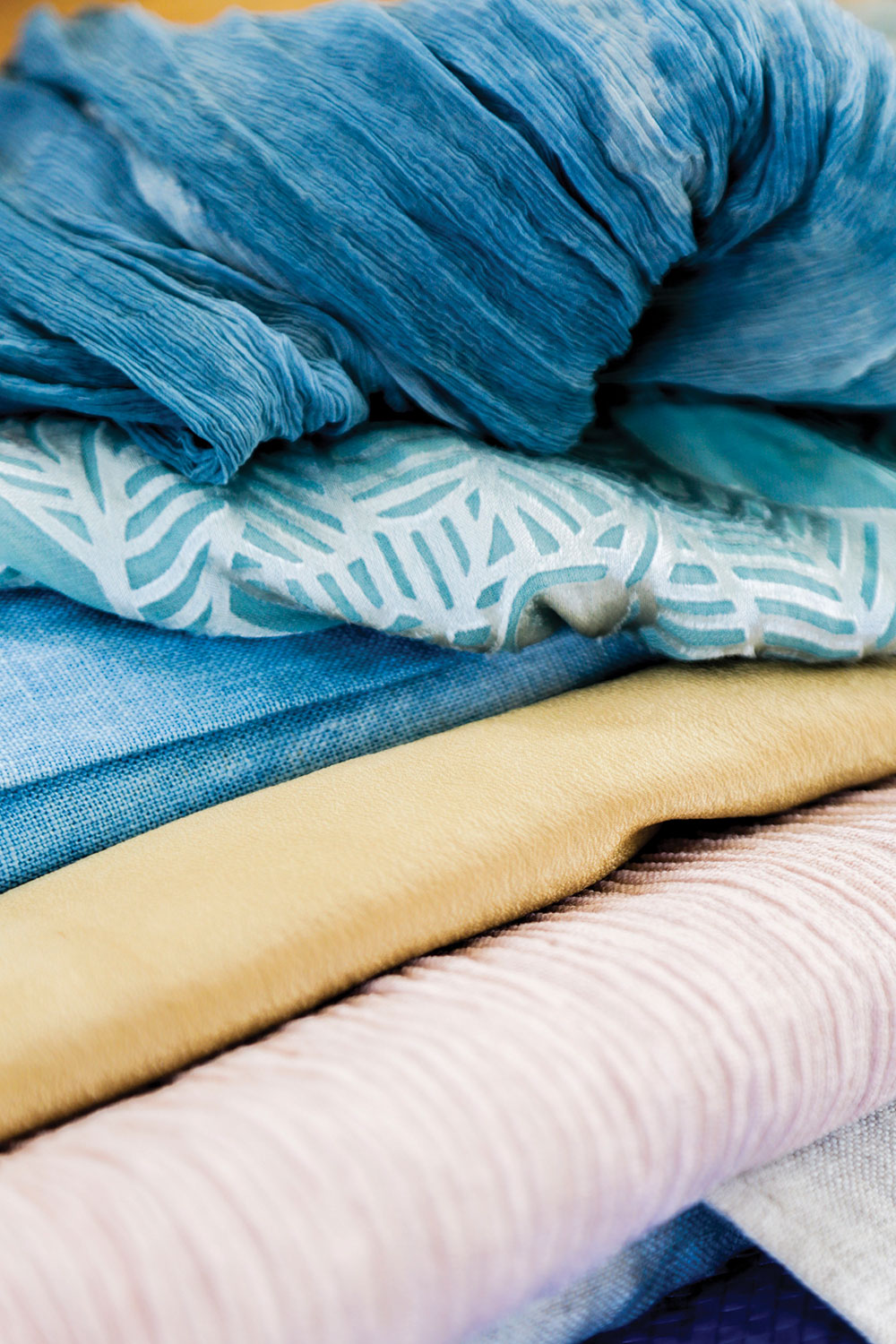
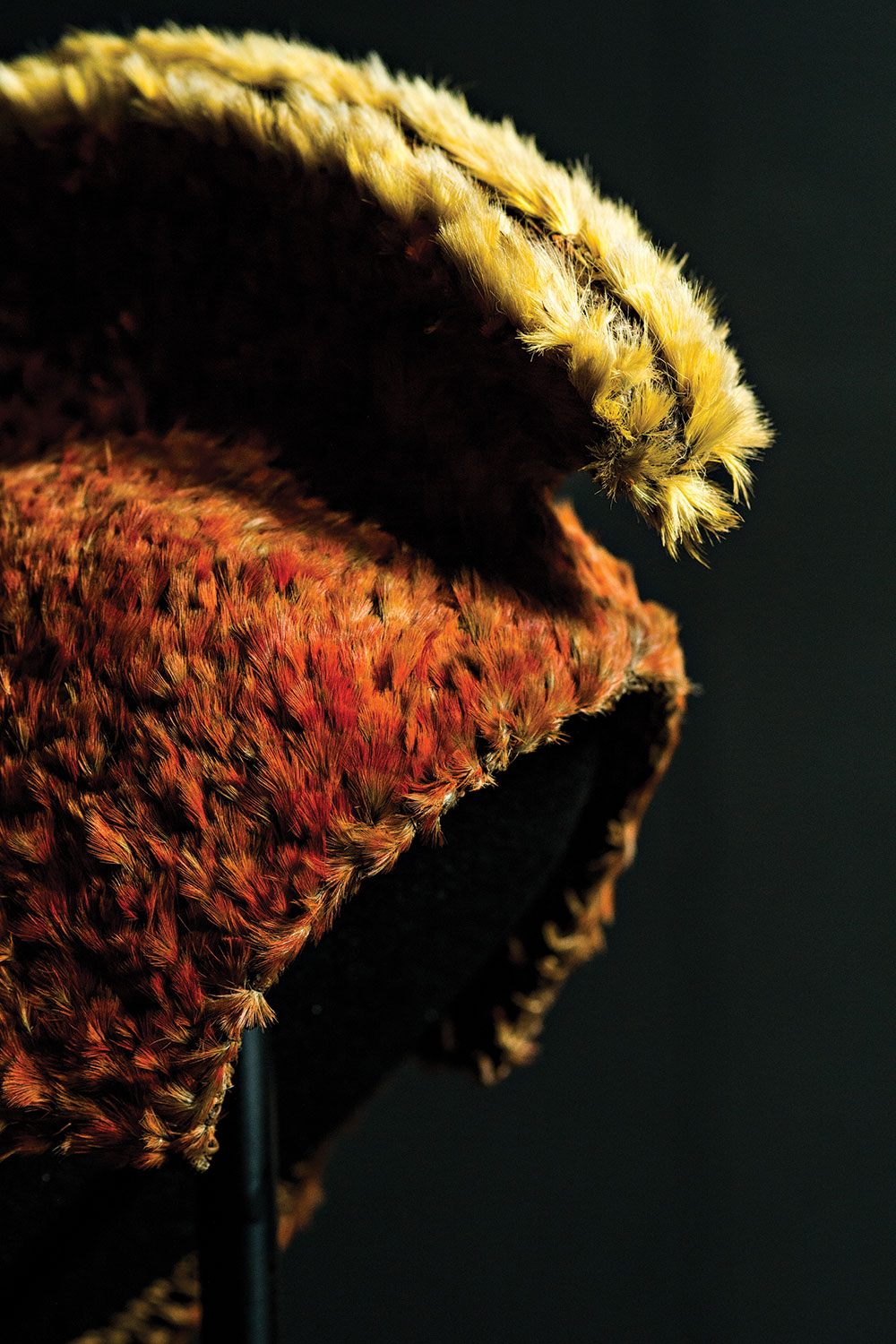
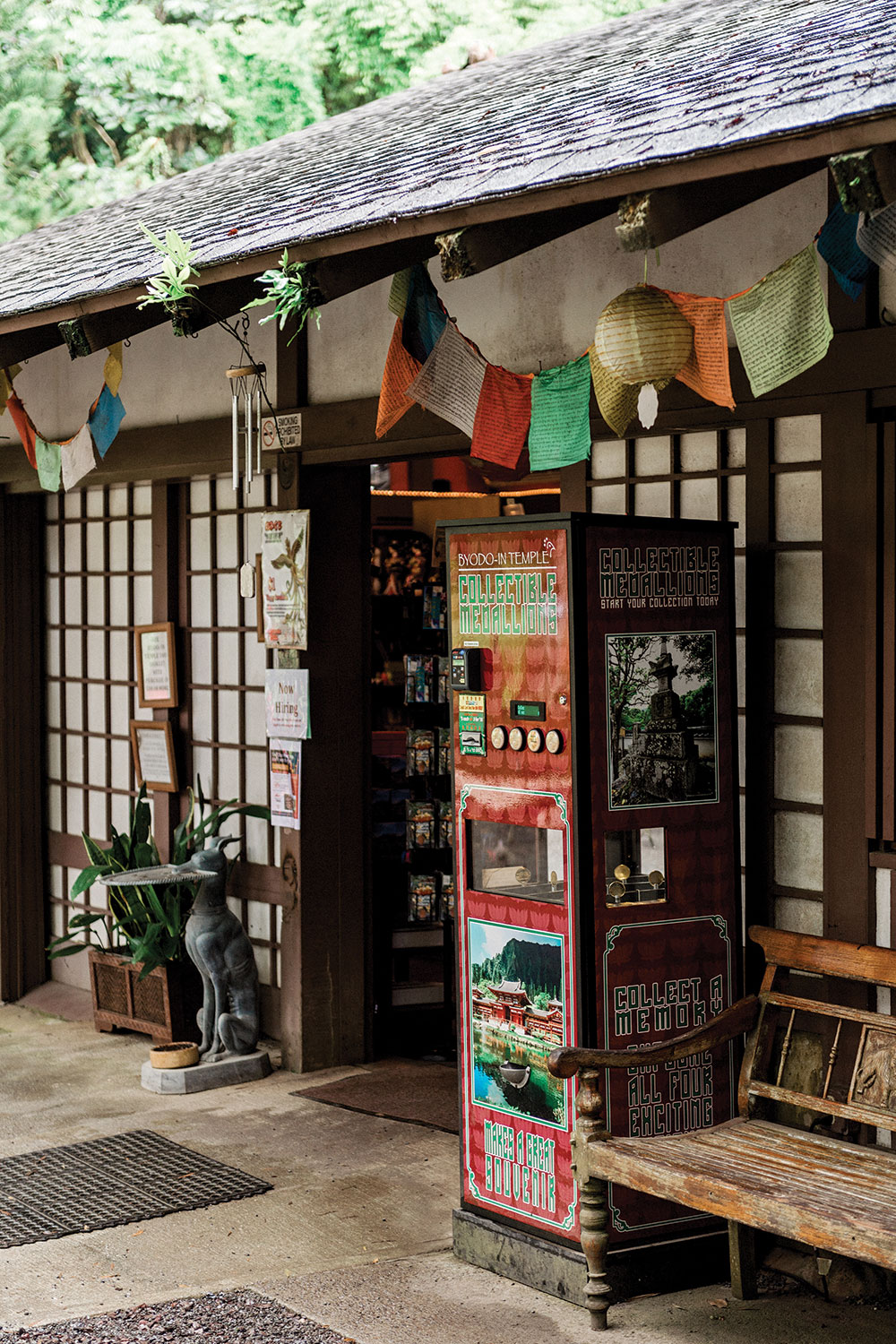
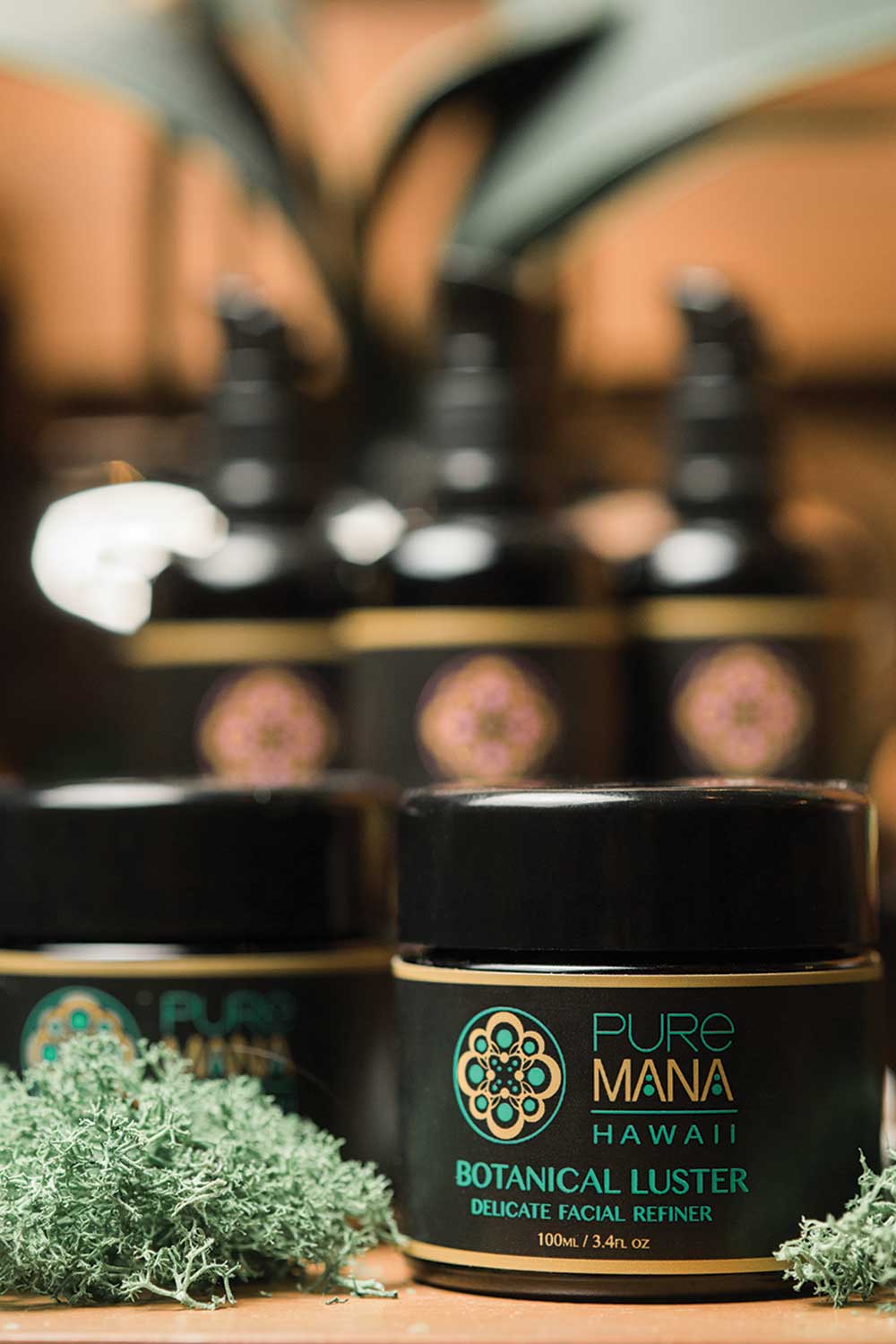
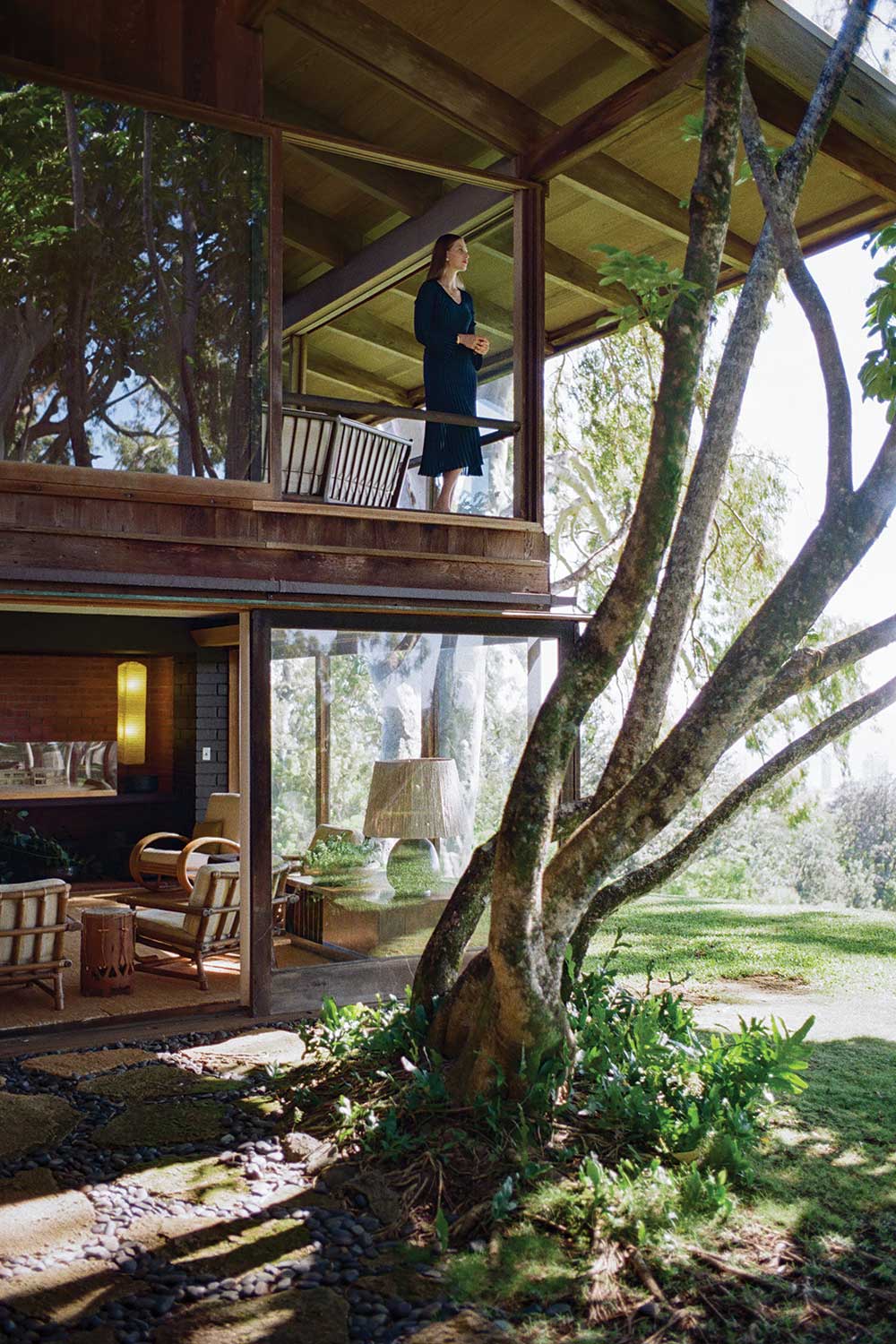
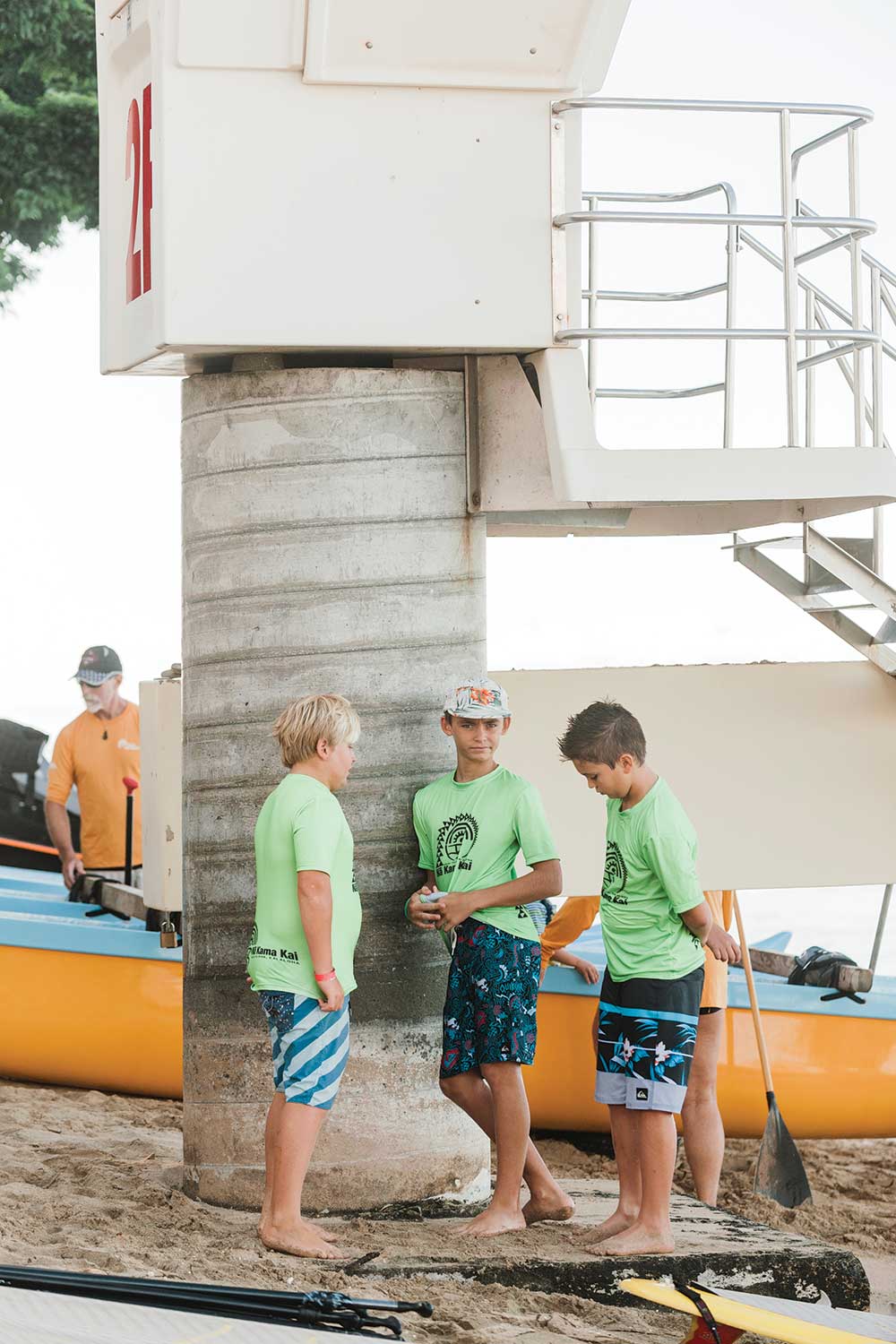
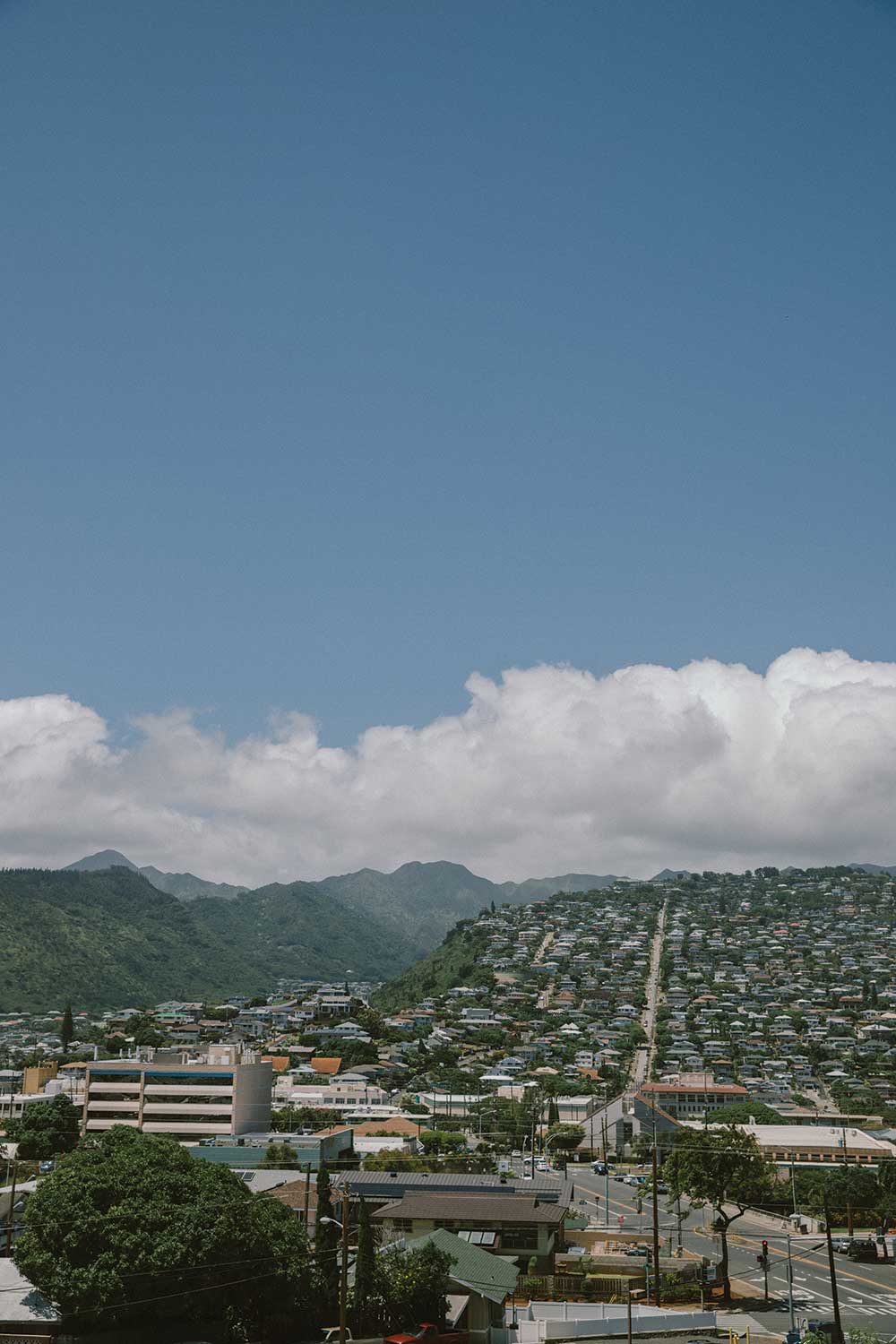

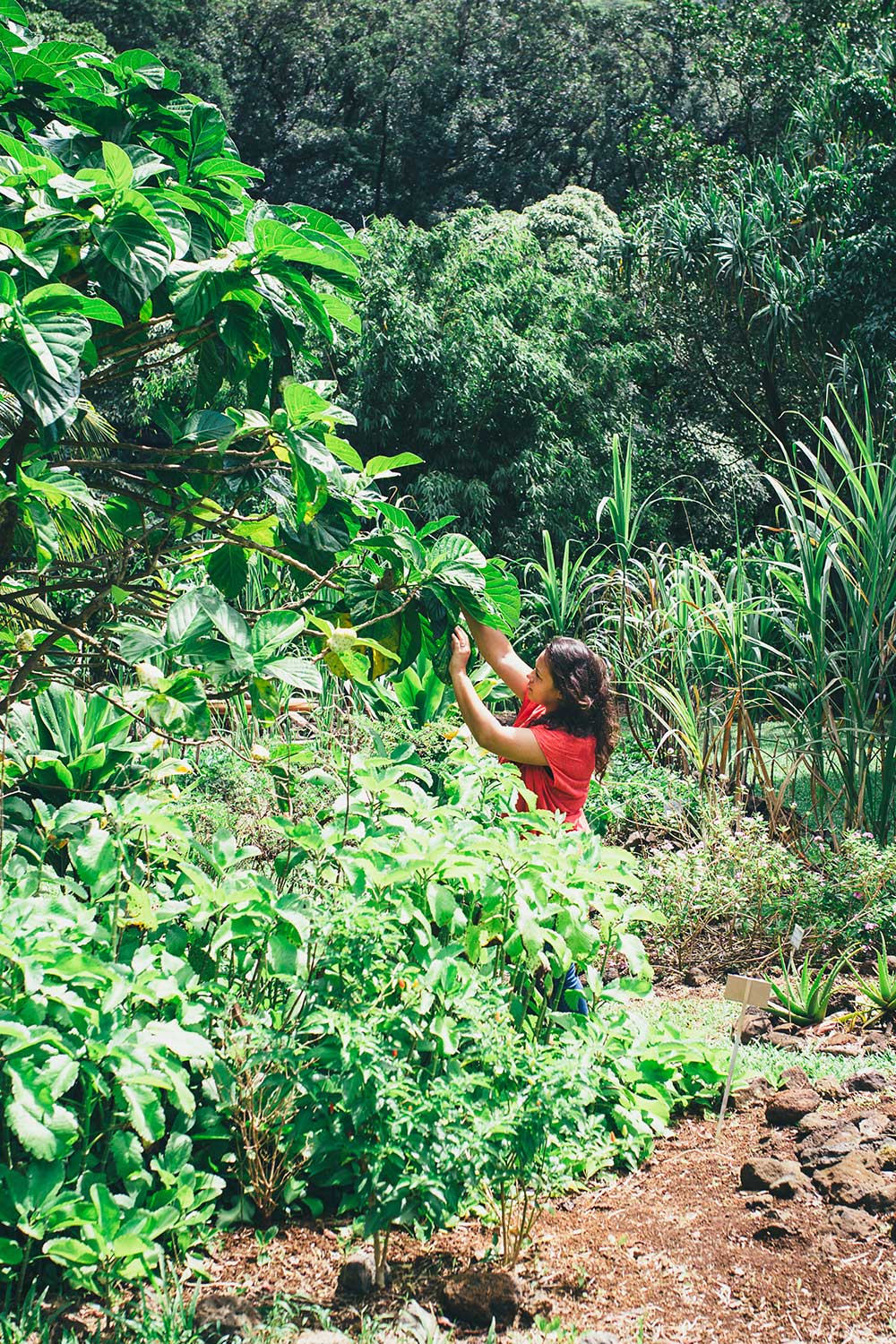

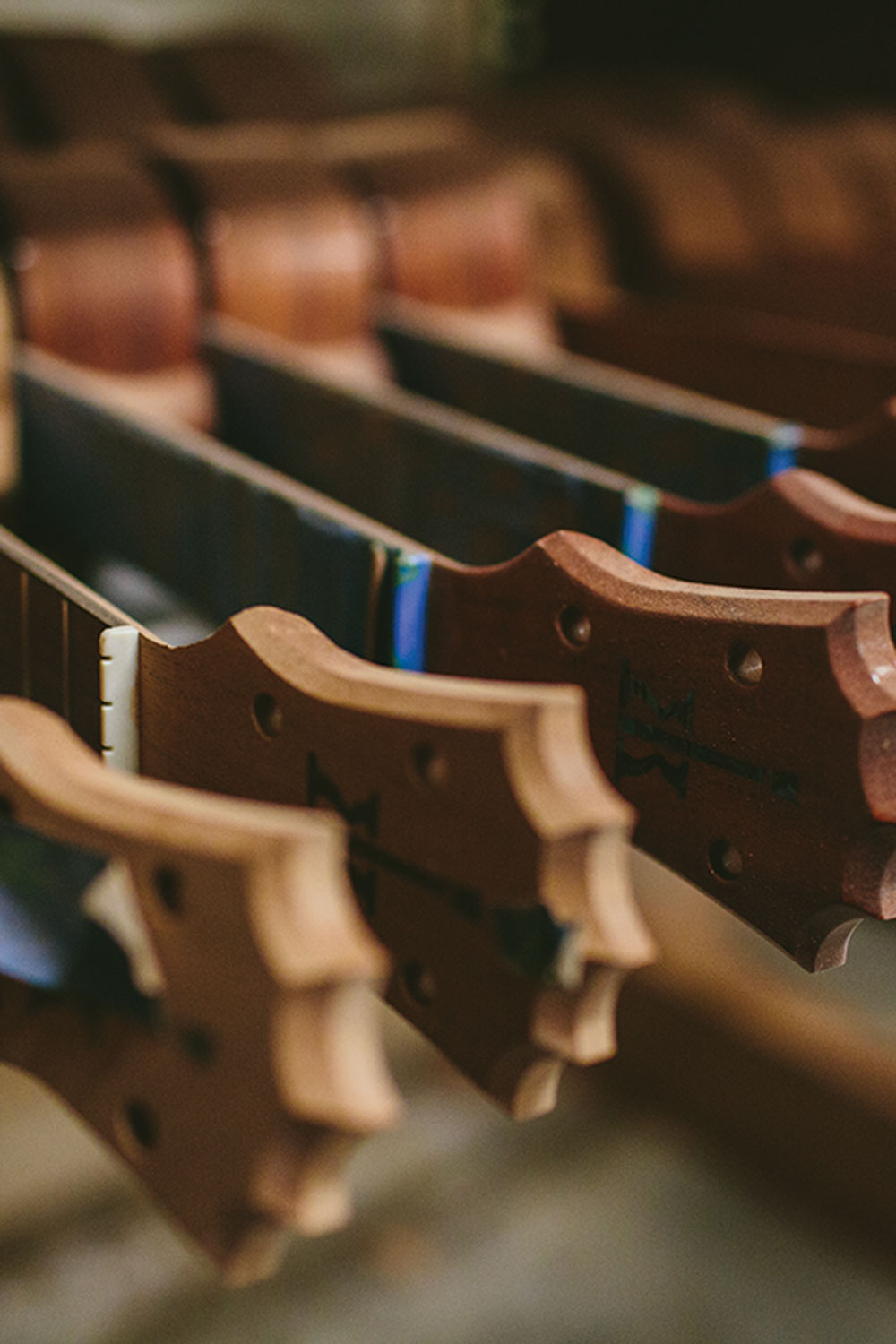
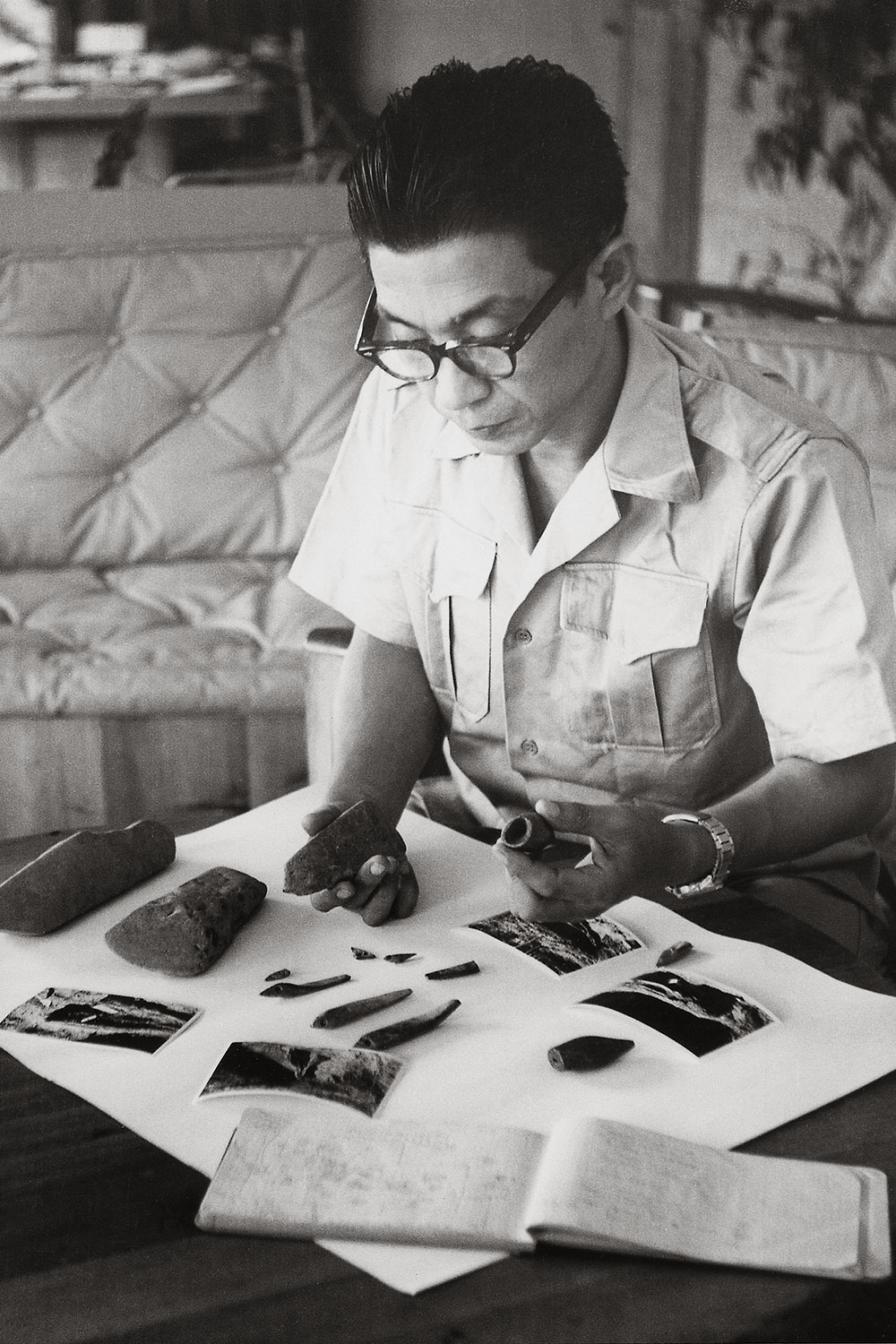
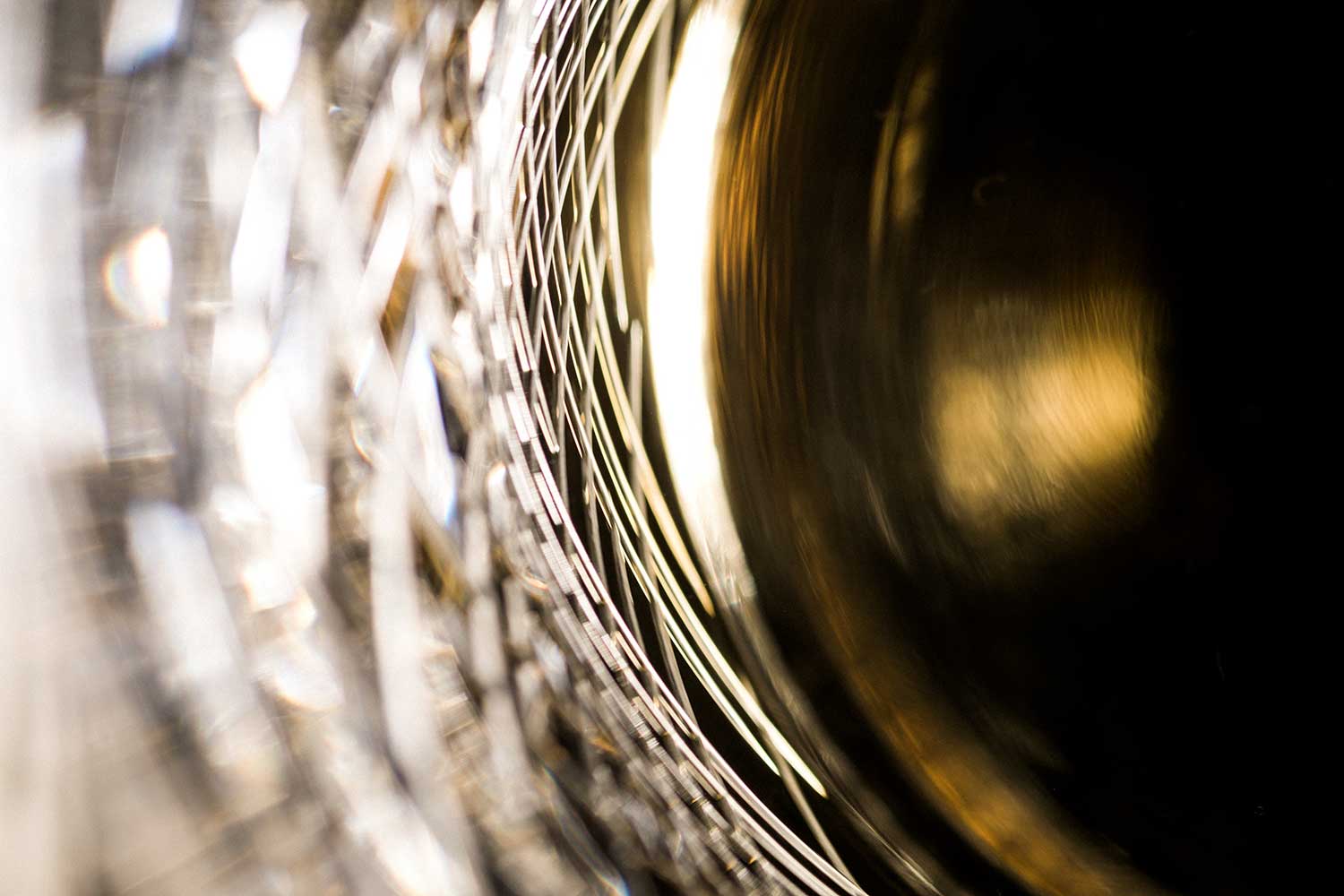

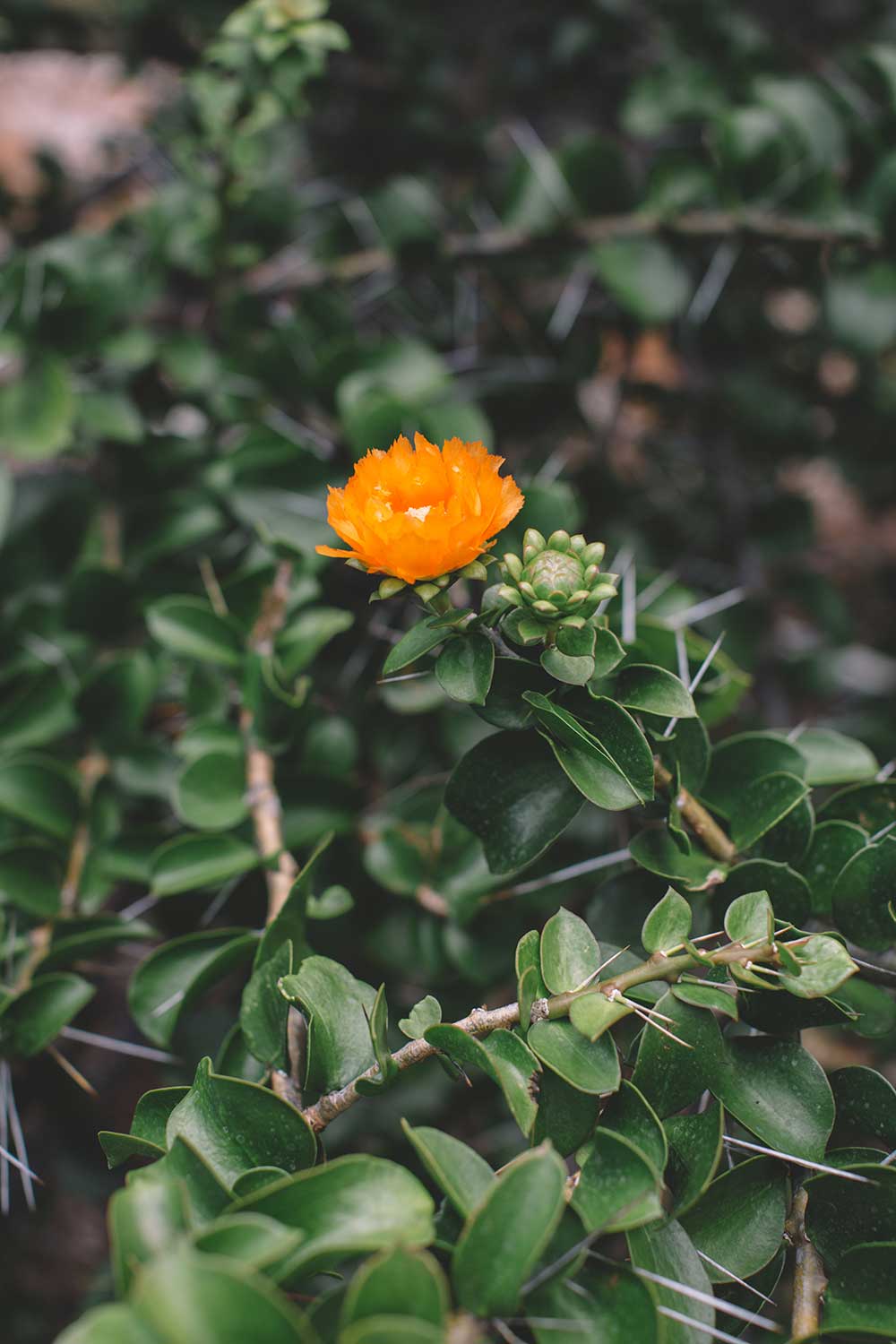









Share: